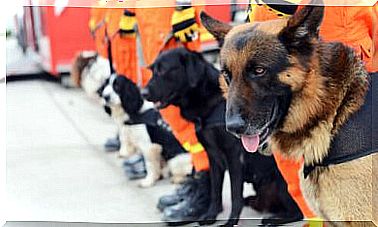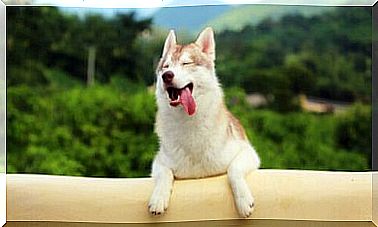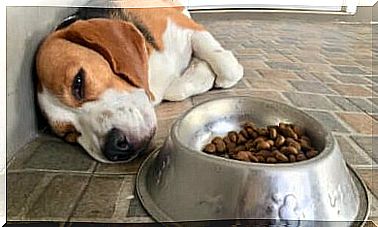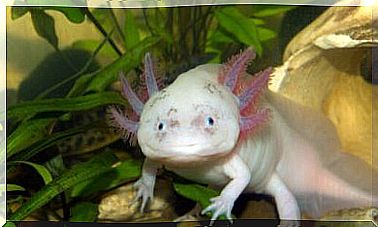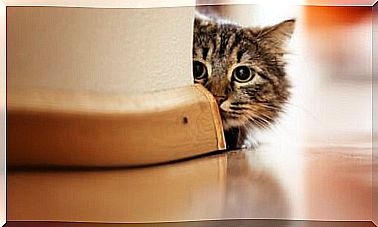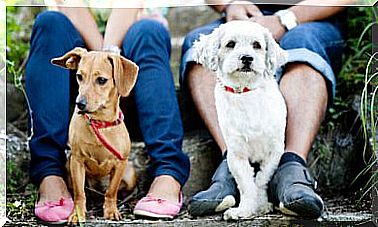Food As A Reward

Using food as a reward can be a good option when educating a dog. However, this method will only give good results if the reward is used in the right way. It is for this reason that you should never use food treats as a means of “buying” your dog’s favors and making him perform various actions. It should also be remembered that this type of reward must be kept under control, since it could cause your furry friend to become nutritionally impaired.
Why use food as a reward
Using food as a reward can be of great help if you want your dog to learn certain commands or tricks. Here we propose a series of cases that can serve as an example:
- Learn not to pull when on a leash.
- Obey your cues when engaging in outdoor activities.
- Relax and sit next to you.
Let’s see now what is the correct way to use this type of rewards.
A succulent reward for your four-legged friend
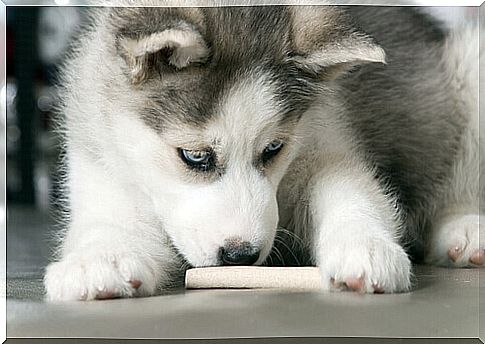
The essential condition for this type of method to work is linked to the taste of the reward: it should be a succulent and tasty food, to make your friend prefer to eat what you are offering rather than run away or make some disaster.
To whet your friend’s palate, it is also advisable that you use foods that are not normally part of his daily diet.
Furthermore, the choice of food will depend on the tastes of your pet, although the following options are usually appreciated by dogs:
- Boneless and boiled chicken
- Cheese
- Sausage
These foods, in addition to making your dog happy, will help him relax and be more attentive to what you say, thanks to their high protein content.
Tips to prevent your dog from devouring his reward in one bite
How to prevent your furry friend from ravaging his reward and swallowing it, almost without tasting it? First of all, it will be advisable to keep the food reward tightly closed in an airtight container, so as not to spread the aroma.
It is also important to prepare the food in advance, already making small portions, so that you do not have to do this during training sessions, which would distract your dog’s attention.
Although food rewards are precious allies in dog education, they must be used with caution and always without abusing them, so as not to create nutritional imbalances for the animal.
What to do when the dog has already assimilated the commands
Once your dog has learned to obey the commands you wanted to teach him, you should gradually stop giving him food as a reward, since the goal is for your furry friend to behave in a certain way because it is you. to say so and not because he knows he will receive a succulent morsel in return.
It is true that it is not appropriate to stop giving them food rewards altogether, nor to do it drastically: you can continue to use food as a reward in a more sporadic way, as a reminder to reinforce what your friend has learned.
Despite everything, don’t forget that no matter how tasty a food reward is, you don’t have to stop motivating your dog in other ways too:
- Cuddles
- Words of encouragement
- Toys
- Games
Reward your dog without compromising his diet
Although food rewards are precious allies in educating your dog with the positive reinforcement method , you must keep in mind that they should be used with caution and never abuse them, so as not to create nutritional problems for the animal, such as for example. obesity.
For this reason, it is advisable not to use snacks and treats already packaged especially for dogs, since they do not guarantee your furry friend the correct nutritional supply.
Instead, choose natural unprocessed products and do not scruples in asking your veterinarian for advice: he will be able to show you the best way to avoid your darling from feeding imbalances due to the training method.
Elements to consider
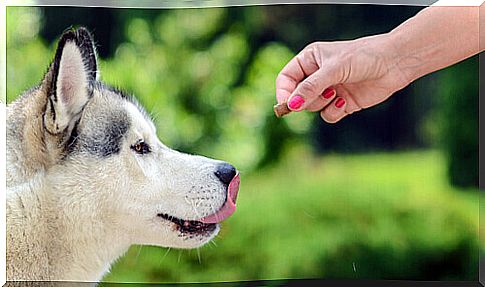
Don’t forget that you will need to use food properly as a reward if you want your dog to assimilate certain teachings. In this regard, keep in mind the following:
- Using positive reinforcement to educate your dog is certainly the best choice: reward the progress it makes and ignore what it is not yet able to do.
- The food that is the reward must be appetizing, without compromising your pet’s diet.
- The rewards will have to diminish as your dog learns to obey commands. If you do not gradually reduce them, your dog will get used to obeying only in exchange for a fee in food.
- Be patient and understanding – dogs take their time to learn what we ask them to do.
- Never chastise him if he cannot carry out the task you have given him or is unable to obey you: be persevering and, sooner or later, you will succeed.
- In addition to the appetizing rewards, never miss cuddling your dog and never stop telling him how good he is : this is, perhaps, the best reward for your four-legged friend.
